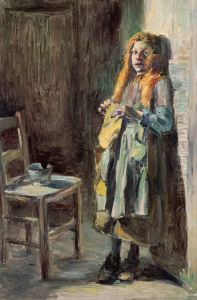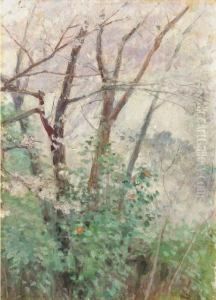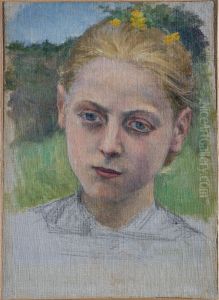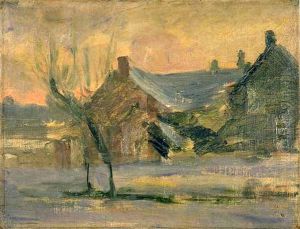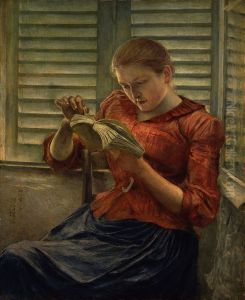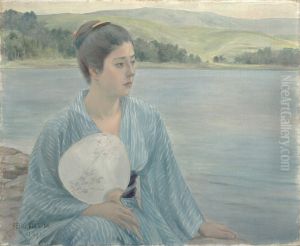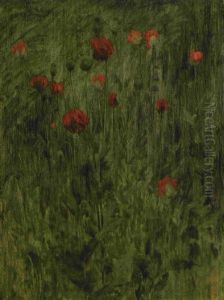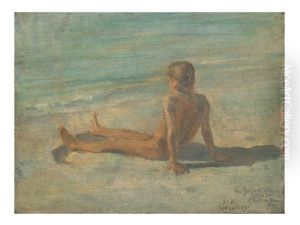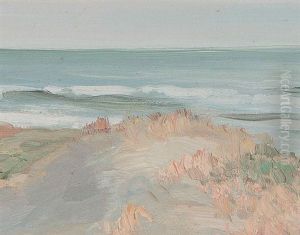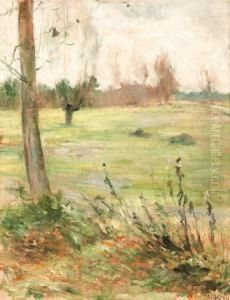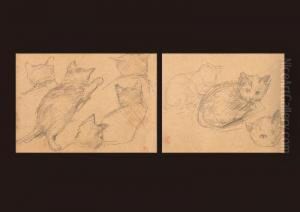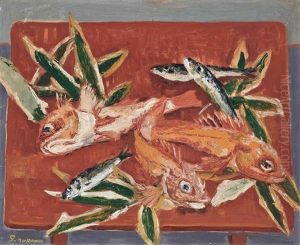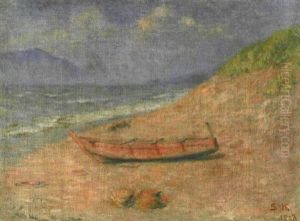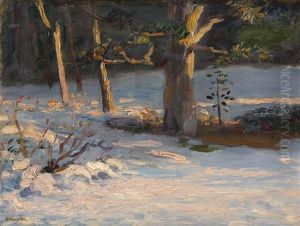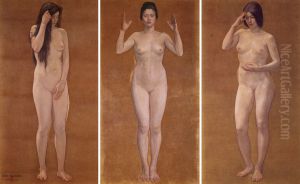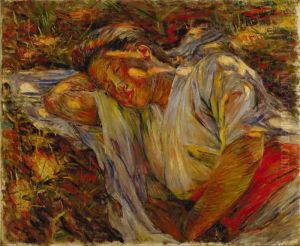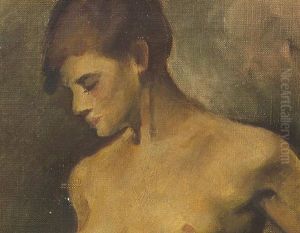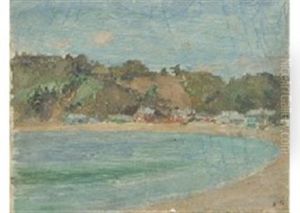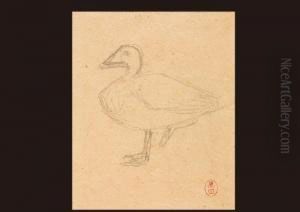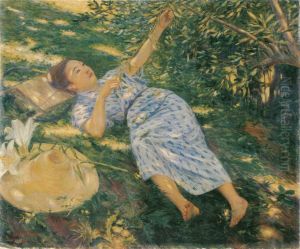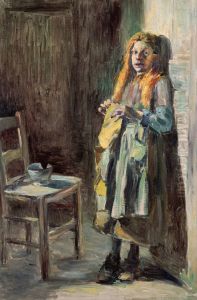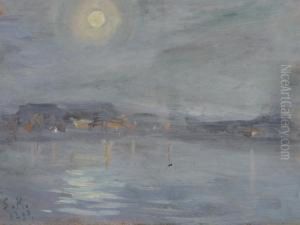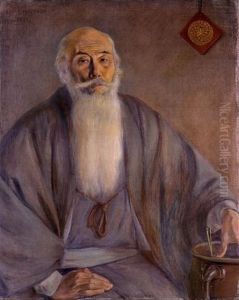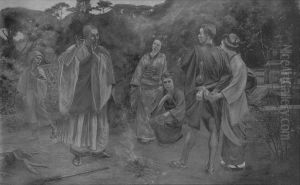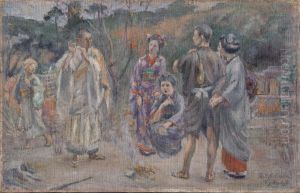Kuroda Seiki Paintings
Kuroda Seiki, born on August 9, 1866, in Kagoshima, Japan, is often celebrated as the father of modern Western-style painting in Japan and a pivotal figure in the development of yōga (Western-style) art in the country. Coming from a samurai family, Kuroda was originally named Kuroda Kiyoteru. His early education was rooted in traditional Japanese and Chinese arts, but his exposure to Western art profoundly influenced his stylistic direction.
In 1884, Kuroda traveled to France to study political science, following the wishes of his father. However, his growing interest in art led him to switch his focus to painting. He enrolled at the private atelier of Raphaël Collin, where he learned the techniques of academic painting, which was characterized by its focus on realism and classical themes. Kuroda's time in France was transformative, as he was also exposed to the burgeoning Impressionist movement, which would later influence his use of light and color.
Kuroda returned to Japan in 1893, bringing with him new ideas and techniques that would revolutionize the Japanese art scene. He advocated for the importance of working en plein air (outdoors), a practice that he adopted from the Impressionists, which allowed for a more direct engagement with the changing qualities of natural light. This was a stark contrast to the studio-bound practices common among Japanese artists at the time.
His painting 'Morning Toilette' (1893) is often considered the first true yōga (Western-style) oil painting in Japan and marks the beginning of the genre's popularity. As an educator, Kuroda was instrumental in establishing the Western Painting Department at the Tokyo School of Fine Arts, where he shared his knowledge and techniques with a generation of artists. His emphasis on observing nature and the human figure from life became a cornerstone of art education in Japan.
Kuroda's work and teaching were critical in the acceptance of Western painting styles in Japan, blending them with traditional Japanese sensibilities. He also served as an important cultural bridge between Japan and the West during the Meiji period, a time when Japan was rapidly modernizing and looking outward to other nations for inspiration.
Kuroda Seiki passed away on July 15, 1924, leaving behind a legacy as a trailblazer who introduced and adapted Western painting techniques to Japanese art, thereby altering the course of modern art in Japan. His impact is still felt today, and his works continue to be studied and celebrated for their role in shaping modern Japanese art.
